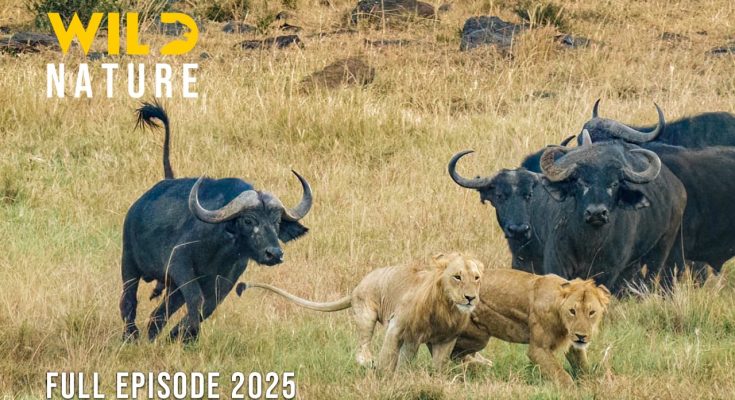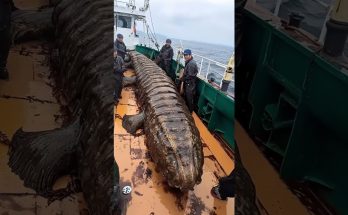Kruger National Park, one of Africa’s largest and most iconic wildlife reserves, is a land where survival is a daily battle. Spanning nearly 20,000 square kilometers in northeastern South Africa, Kruger is home to an astonishing array of wildlife, from apex predators like lions and crocodiles to massive elephant herds and elusive leopards. In this wild heart of South Africa, every creature—whether predator or prey—must rely on instinct, strength, and strategy to endure.
The Struggle for Life in Kruger
Kruger’s landscape is as diverse as it is unforgiving. The park features open savannas, dense bushlands, and winding rivers that serve as both life-giving oases and dangerous hunting grounds. During the dry season, water sources shrink, forcing animals to compete for survival. Crocodiles lurk beneath the surface of dwindling rivers, waiting for desperate antelope and buffalo to take a sip. Lions, the kings of Kruger, use the tall grass as cover to ambush unsuspecting prey, while hyenas scavenge the remains of battles lost.
The intense heat, which can reach over 40°C (104°F) in summer, adds another layer of difficulty. Shade is scarce, and animals must conserve their energy, seeking water whenever possible. Giraffes, with their towering necks, can reach the highest leaves, avoiding competition with smaller herbivores. Zebras and wildebeests, aware of the ever-present predator threat, form massive herds, increasing their chances of survival through sheer numbers.
Predators vs. Prey: The Eternal Battle
In Kruger, the food chain is an ongoing drama. Lions hunt in coordinated packs, using stealth and power to bring down large prey such as buffalo. Leopards, the park’s master stalkers, prefer solitude, ambushing smaller antelope with lightning-fast strikes. Meanwhile, wild dogs—one of the most endangered carnivores in Africa—use teamwork and endurance to chase down prey until it collapses from exhaustion.
But prey species are not defenseless. Elephants, the largest land animals on Earth, move in tightly bonded family groups, protecting their young from predators. Cape buffalo, known as “black death” due to their unpredictable aggression, have been known to fight back against lions, sometimes even killing them in the process. Survival in Kruger depends on intelligence, adaptation, and sometimes sheer luck.
The Human Battle: Poaching and Conservation
While the wildlife of Kruger faces natural dangers, human threats loom just as large. Poaching, especially for rhino horns, has devastated populations over the years. Conservationists and park rangers are engaged in a constant war against illegal hunters, using drones, patrols, and tracking dogs to protect the park’s endangered species.
Despite these threats, Kruger remains a symbol of Africa’s wild beauty and resilience. Conservation efforts, anti-poaching initiatives, and eco-tourism play a crucial role in maintaining the delicate balance of this ecosystem.
The Wild Heart Beats On
Survival in Kruger is a never-ending struggle, where the strongest, smartest, and most adaptable thrive. Whether it’s a lion hunting at dusk, an elephant protecting its young, or a ranger defending the park’s future, every day is a battle for existence. The wild heart of South Africa beats on—untamed, unpredictable, and breathtakingly fierce.



